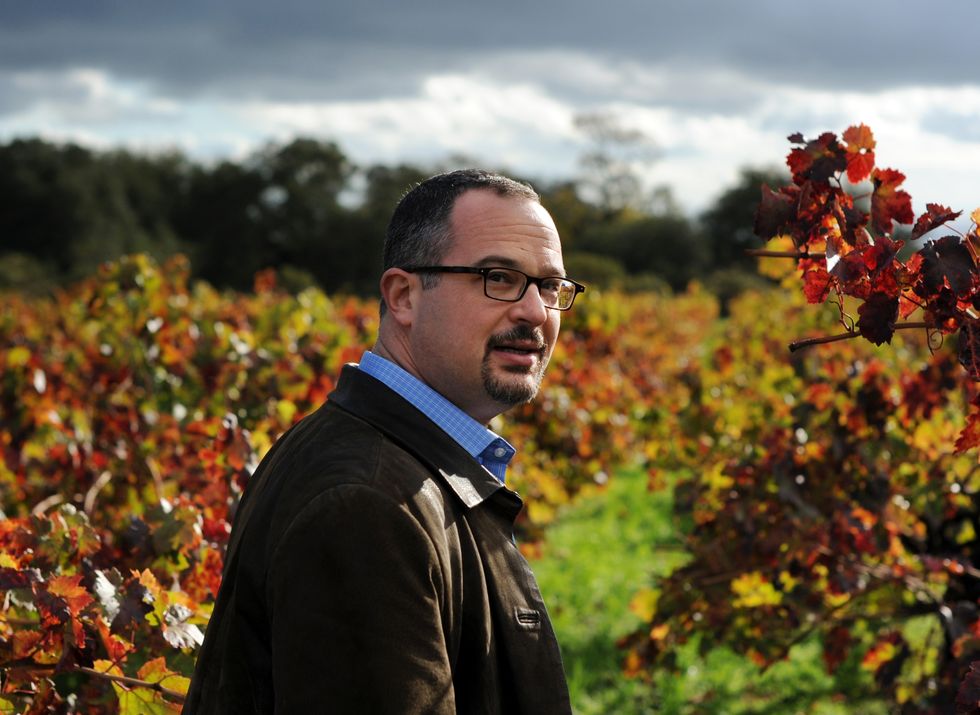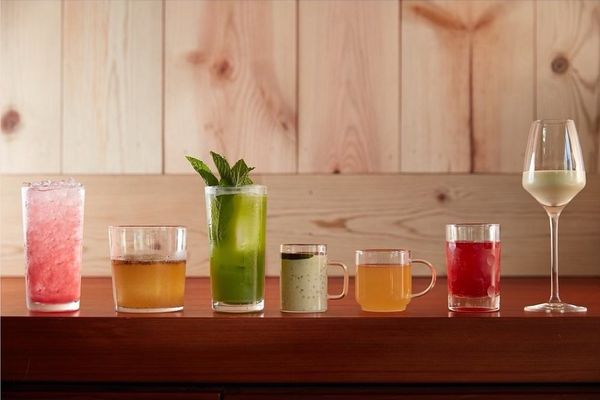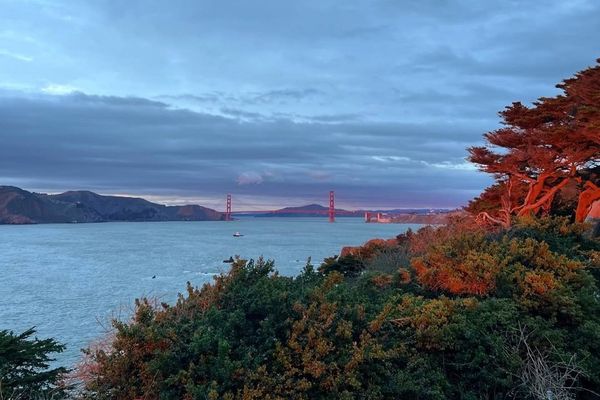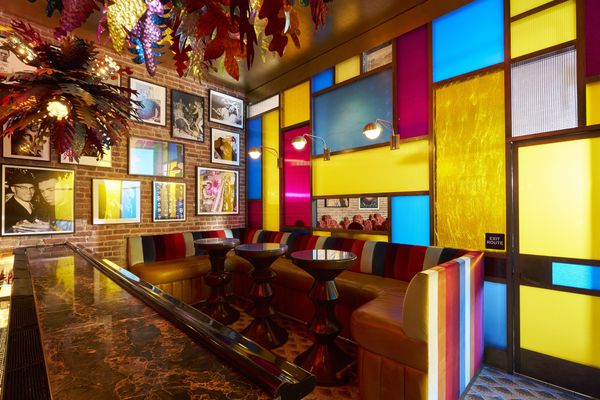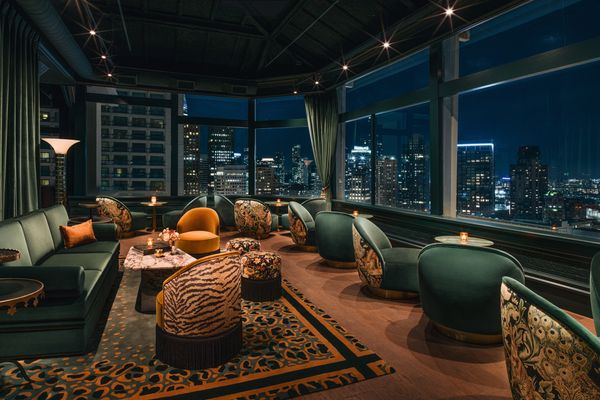One thing that was important to Jon Bonné, the long-time wine editor for The San Francisco Chronicle, in writing his recently released book The New California Wine (Ten Speed Press) was that it not necessarily be “new.” Many of the winemakers he writes about have steadily and stubbornly, perhaps, been making wines they believe in for years— wines that embrace terroir over what Bonné terms “big flavor” — exuberant, fruity, high alcohol wines made from uber-ripe fruit.
If it’s not necessarily “new” then what does define the new California wine? At a recent discussion held at The Commonwealth Club, Bonné argued that the “new” winemakers have liberated themselves from “the myth of the estate,” trading in cyprus-lined driveways, elaborate caves and million-dollar tasting libraries for good vineyards — which are often far from the mansions and Mercedes that had begun to define wine country.
“They simply decided to put [the estate] aside. The new winemakers have had to find the vineyards they want and a place to make it" — often in warehouses or in a corner of someone else's winery. "It’s very liberating. You get the chance to really understand the places you work with and the true terroir of California.”
Bonné is not shy in his criticism of “big flavor” Cabernet and sweet, oaky “cougar juice” Chardonnay, but the book is largely a celebration of producers like Steve Matthiasson, Abe Schoener of The Scholium Project, Nathan and Duncan of Arnot-Roberts and Ted Lemon of Littorai (pictured on the cover—in the vineyard, of course), whose style and philosophies vary immensely but are united by a focus on land and farming and take a “less is more” approach to winemaking. One example? “I think they are gravitating to one type of oak, which is old,” said Bonné. “It’s being seen more as a vessel and less as a flavor.”
I have heard Bonné’s book described as “the guide to hipster wine,” and “what the cool kids are drinking” and one criticism is that many of the producers he writes about make such a small amount of wine that most people will never be able to find it, especially outside of the Bay Area. But such a criticism is perhaps beside the point. For starters, the book is full of great insight, history and stories about the California wine industry and if each one of these winemakers is merely a pebble in a great big pond, it is only a matter of time before ripples begin to make waves.



